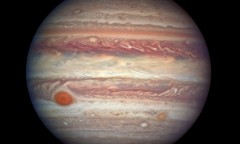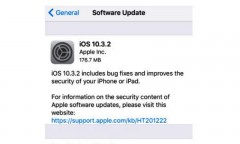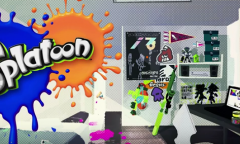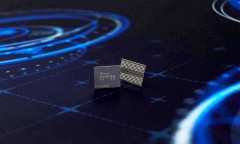By Aliza Xandria, | May 29, 2017
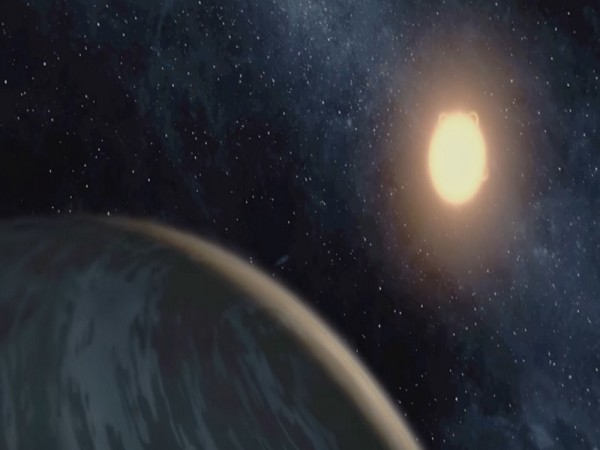
Juno’s Latest Close Flyby of Jupiter on This Week @NASA – February 3, 2017 (YouTube)
Space is a mystery and it has baffled many scientists including NASA for many years. With the Juno spacecraft hovering over Jupiter, it has sent back images that showcase the beauty and mystery of the gigantic planet.
After nearly a year in orbit, the Juno spacecraft is starting to crack some of Jupiter's many mysteries and recently, the journals Science and Geophysical Research Letters published the first batch of scientific findings of Jupiter, based on Juno's trips there.
Like Us on Facebook
Discoveries include enormous new cyclones swirling around the planet's poles, a magnetic field that's much more variable than expected, and some evidence that Jupiter's core is not as dense nor compact and as Juno orbits around Jupiter's poles once every 53 days, it gets within a few thousand miles of the planet's cloud tops, through these approaches, Juno's cameras reveal details, disturbances, sinewy undulations, massive storms, and ammonia clouds that spread out in iridescent folds like an oil film on a sidewalk puddle, reports the same post.
On a different note, NASA's Juno mission to Jupiter has sent back a ton of data about the solar system's largest planet and the results from the orbiter's first big data-collection pass, which took place last August, are finally in and it's clear that Juno's five-year journey to the planet was worth the trip.
The mission has also sent back data on Jupiter's magnetic field, which was known beforehand. It was also considered as the strongest in the solar system but thought to be much like our own compass-directing fields, but even more intense than researchers thought and irregularly lumpy.
"We knew, going in, that Jupiter would throw us some curves," Scott Bolton, Juno principal investigator from the Southwest Research Institute in San Antonio, said in a press release, "But now that we are here we are finding that Jupiter can throw the heat, as well as knuckleballs and sliders. There is so much going on here that we didn't expect that we have had to take a step back and begin to rethink of this as a whole new Jupiter."
-
Use of Coronavirus Pandemic Drones Raises Privacy Concerns: Drones Spread Fear, Local Officials Say

-
Coronavirus Hampers The Delivery Of Lockheed Martin F-35 Stealth Fighters For 2020

-
Instagram Speeds Up Plans to Add Account Memorialization Feature Due to COVID-19 Deaths

-
NASA: Perseverance Plans to Bring 'Mars Rock' to Earth in 2031

-
600 Dead And 3,000 In The Hospital as Iranians Believed Drinking High-Concentrations of Alcohol Can Cure The Coronavirus

-
600 Dead And 3,000 In The Hospital as Iranians Believed Drinking High-Concentrations of Alcohol Can Cure The Coronavirus

-
COVID-19: Doctors, Nurses Use Virtual Reality to Learn New Skills in Treating Coronavirus Patients







